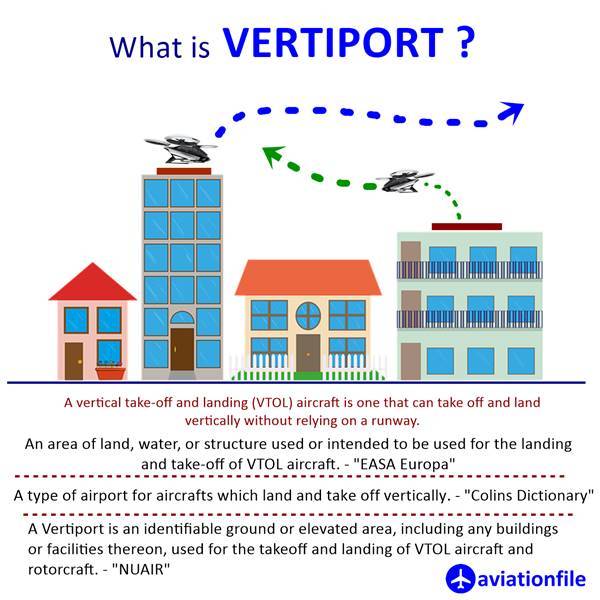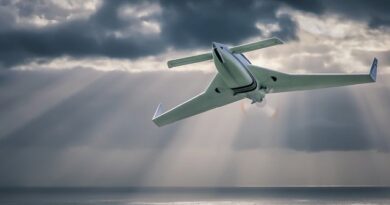The Rise of Electric Aviation: Revolutionizing the Way We Fly
In recent years, there has been a growing buzz around electric aviation, as advancements in technology and increasing environmental concerns drive the development of electrically-powered aircraft. This emerging field is set to revolutionize the way we fly, offering a promising solution to reduce carbon emissions and make air travel more sustainable. In this article, we will explore the rise of electric aviation and its potential to transform the future of flight.
Environmental Benefits
The primary driver behind the development of electric aviation is the urgent need to address the environmental impact of traditional fossil fuel-powered aircraft. Electric airplanes produce zero direct emissions, reducing greenhouse gas emissions and mitigating air pollution, noise pollution, and local air quality issues. By transitioning to electric aviation, we can significantly lower carbon footprints and contribute to the fight against climate change.

Technological Advancements
Rapid advancements in battery technology have played a crucial role in making electric aviation a viable option. Lithium-ion batteries, the same type used in electric vehicles, are becoming more efficient and lightweight, allowing for longer flight durations and increased payload capacities. Additionally, advancements in electric motor technology have led to higher power outputs and improved efficiency, enabling electric aircraft to match the performance of their fossil fuel counterparts.
Electric Air Taxis and Urban Mobility
One of the most promising applications of electric aviation is in the realm of urban mobility. Electric air taxis, also known as eVTOLs (electric vertical takeoff and landing aircraft), are being developed as a solution to alleviate traffic congestion in urban areas. These compact and electrically-powered aircraft have the potential to revolutionize transportation, offering a faster and more sustainable alternative for short-distance travel within cities using vertiports.

Sustainable Regional Travel
Electric aviation also holds significant potential for regional air travel. Short-haul flights, which are often less efficient and more polluting than long-haul journeys, can benefit greatly from the electrification of aircraft. Electric regional planes can operate at lower costs and emit fewer pollutants, making them an attractive option for connecting remote communities, reducing travel times, and enhancing regional connectivity.
Challenges and Future Outlook
While electric aviation is poised to transform the aviation industry, several challenges remain. The limited energy density of current battery technology poses constraints on long-haul flights and larger aircraft. Infrastructure development, including charging stations and battery swapping facilities, is another crucial aspect that needs attention. However, ongoing research and development efforts, along with increased investments in the sector, are expected to address these challenges and propel electric aviation further.
The rise of electric aviation heralds a new era of sustainable air travel. By leveraging advanced battery and motor technologies, electric aircraft offer a cleaner and more environmentally friendly alternative to conventional aviation. From reducing carbon emissions and mitigating air pollution to revolutionizing urban mobility and regional connectivity, electric aviation has the potential to transform the way we fly. As we continue to witness advancements and investments in this field, the future of electric aviation looks brighter than ever.
References:
- International Civil Aviation Organization (ICAO). (2020). Aviation and Climate Change. Retrieved from https://www.icao.int/environmental-protection/Documents/Airports/Airport%20Carbon%20Accreditation%20and%20Climate%20Action/20190930%20Aviation%20and%20Climate%20Change%20web.pdf
- Holmes, T. (2022). Electric Aviation: A Comprehensive Guide to New Opportunities in Aviation. Elsevier.
- Whitten, S. (2021). The Future of Electric Airplanes. IEEE Spectrum. Retrieved from https://spectrum.ieee.org/the-future-of-electric-airplanes
- Electric Power Research Institute (EPRI). (2021). The Electric Aviation Transition. Retrieved from https://www.epri.com/research/products/4002015
- International Energy Agency (IEA). (2021). Technology Roadmap: Electric and Hydrogen Aircraft. Retrieved from https://www.iea.org/reports/technology-roadmap-electric-and-hydrogen-aircraft



